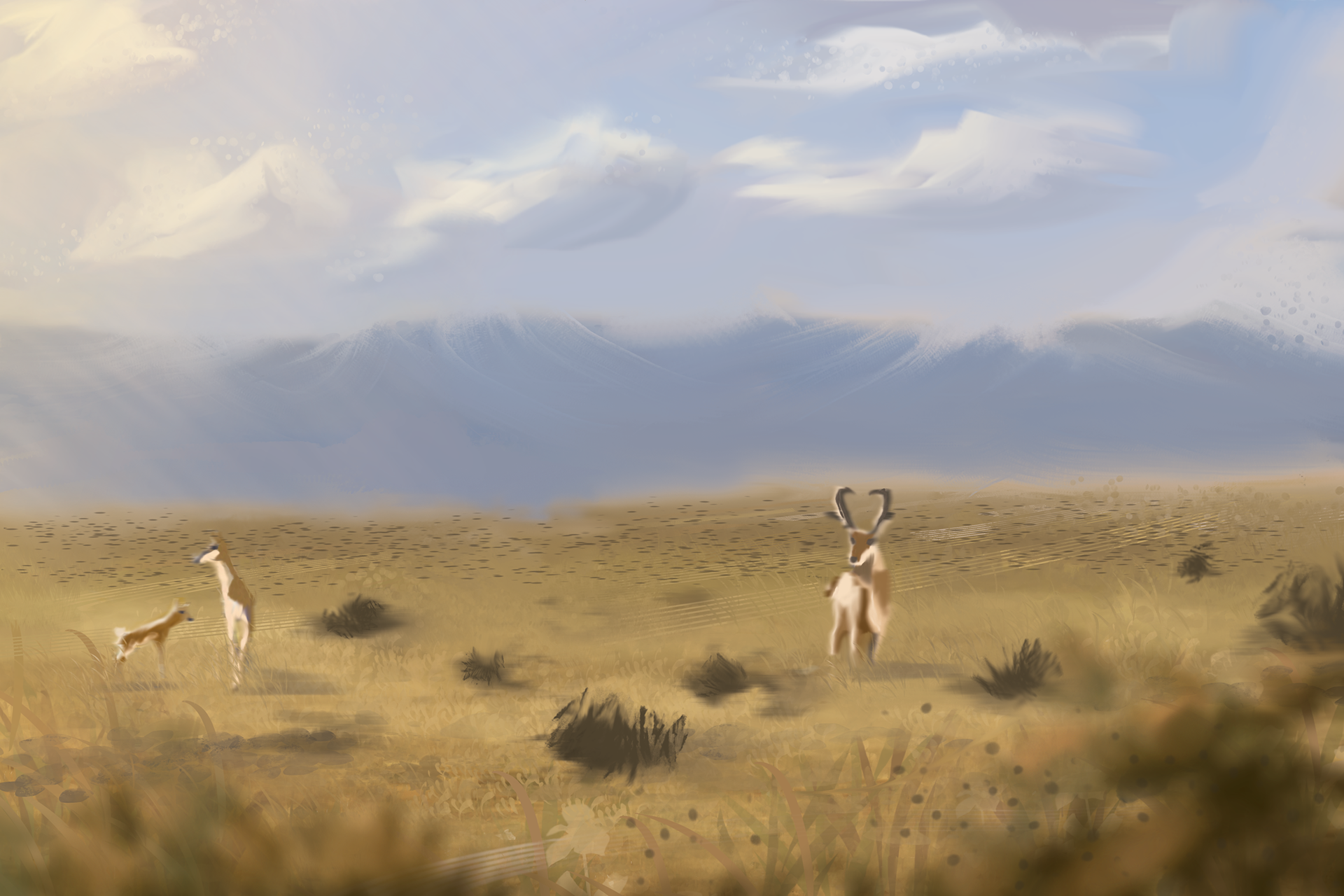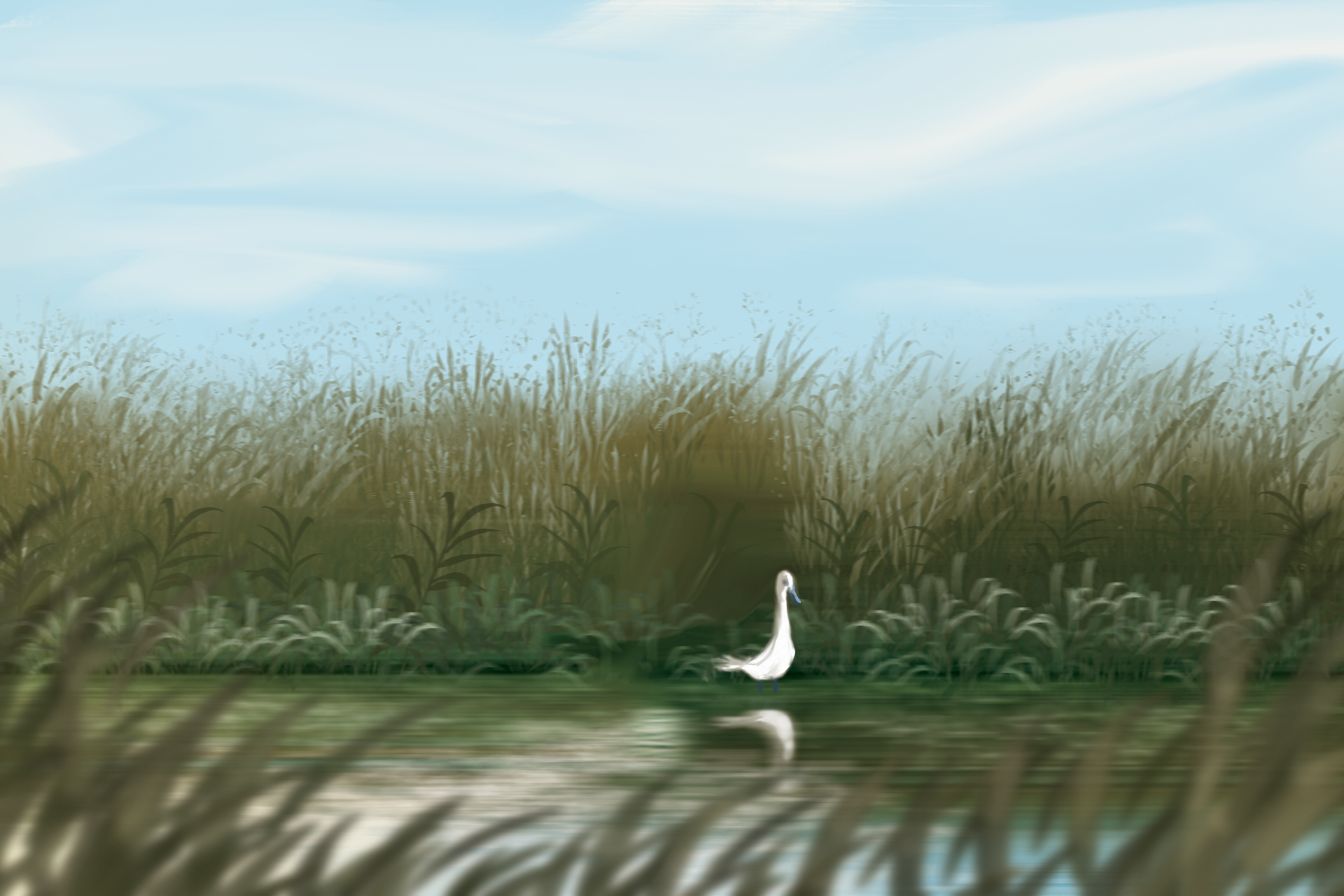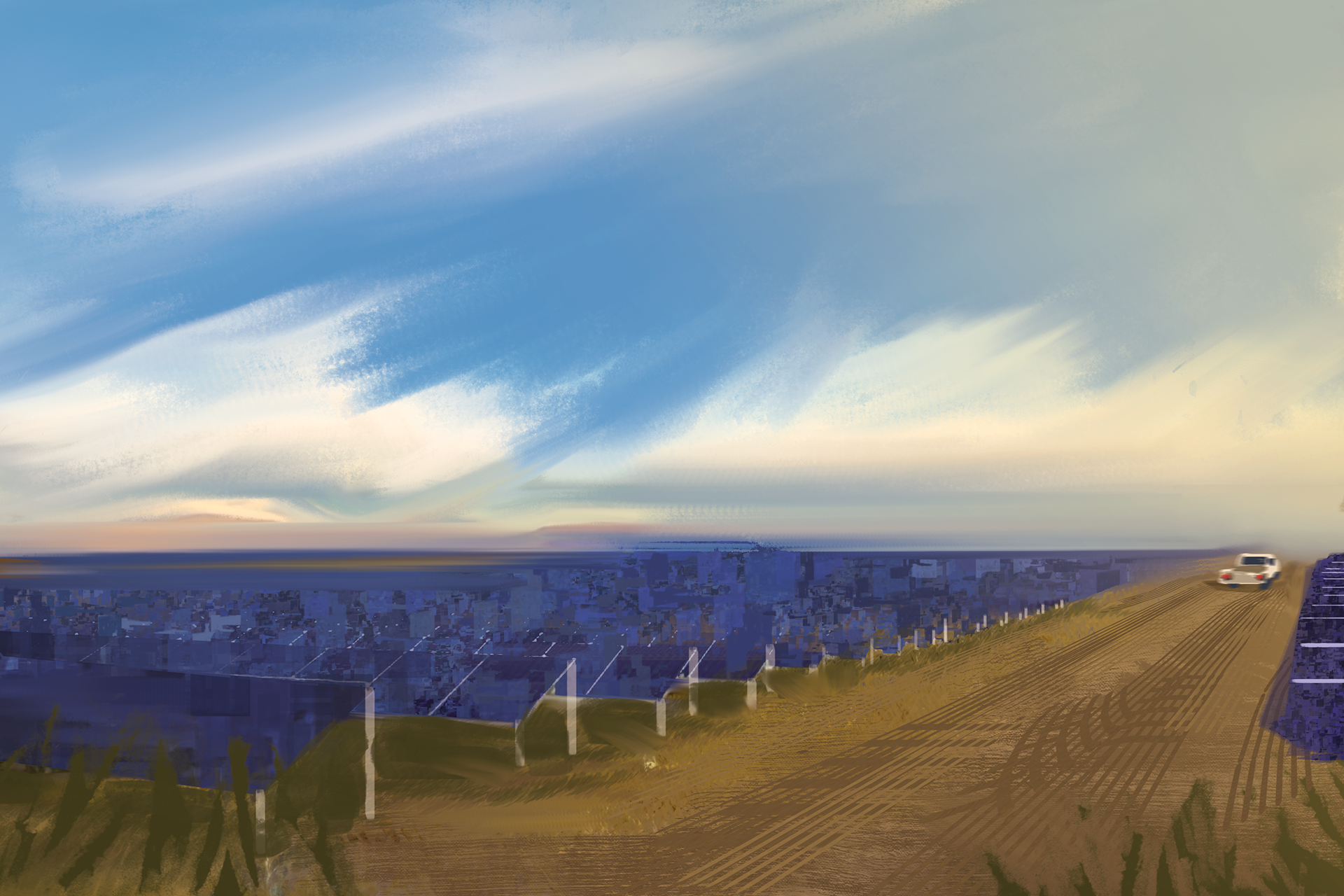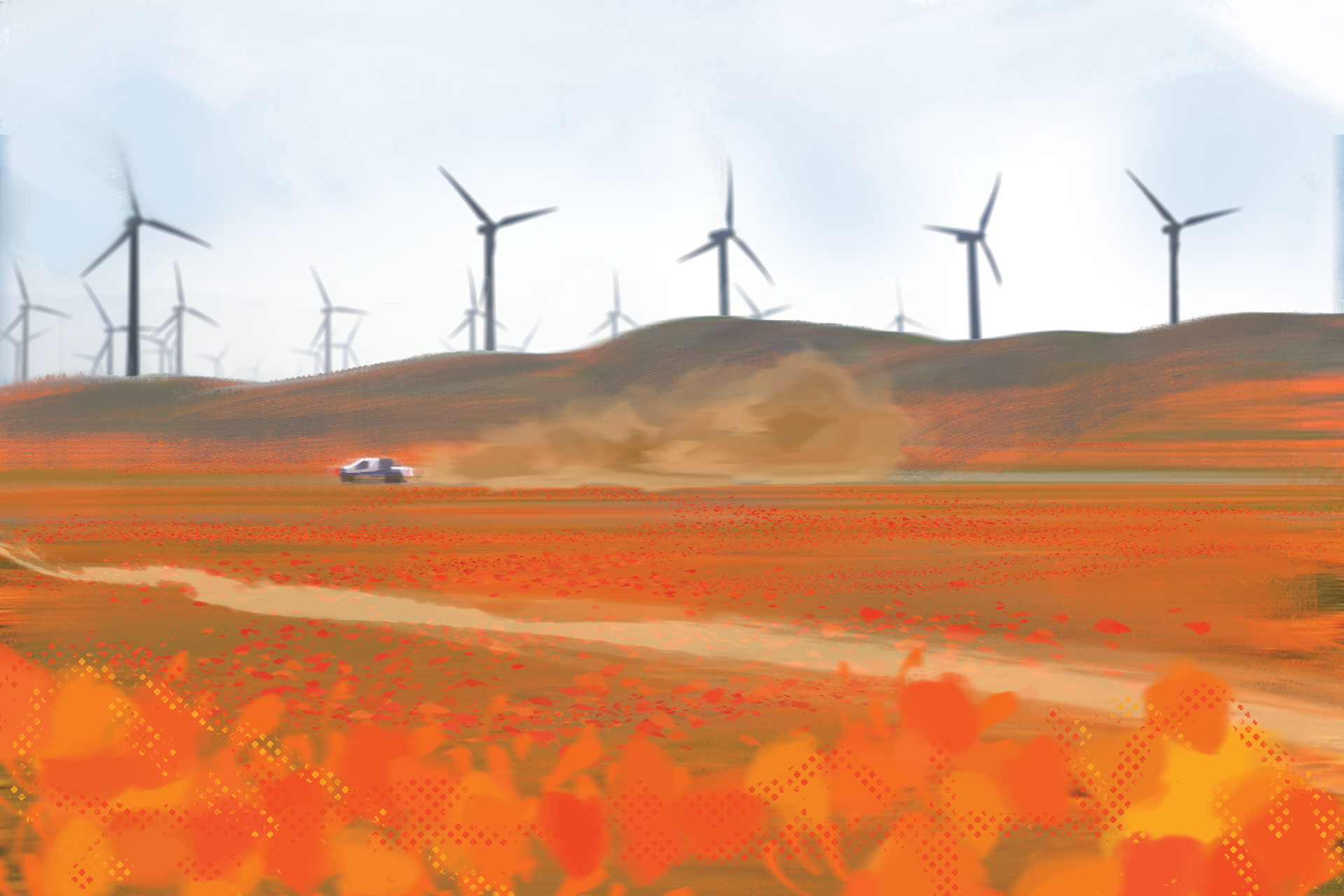Project done in 2021 with Jingyu Xu; Only my half of the work is presented here.
Under the hypothetical of native ownership of water rights in Owens Valley, how might the future of California change? How might different communities respond to altered access to water and what it brings?
A Dialogue With Water follows water on its journey throughout the hydrologic cycle, starting from the Sierra Nevada watershed, through Owens Valley and the Los Angeles Aqueduct, and ending at its exit point at the Pacific Ocean. Four unique sites along this path demonstrate very different attitudes towards understanding water, land, energy, and ecology, and reveal how water brings forth life as well as how communities may extract, exploit, harvest, distribute, and treat water based on geographical, climate, and cultural conditions.
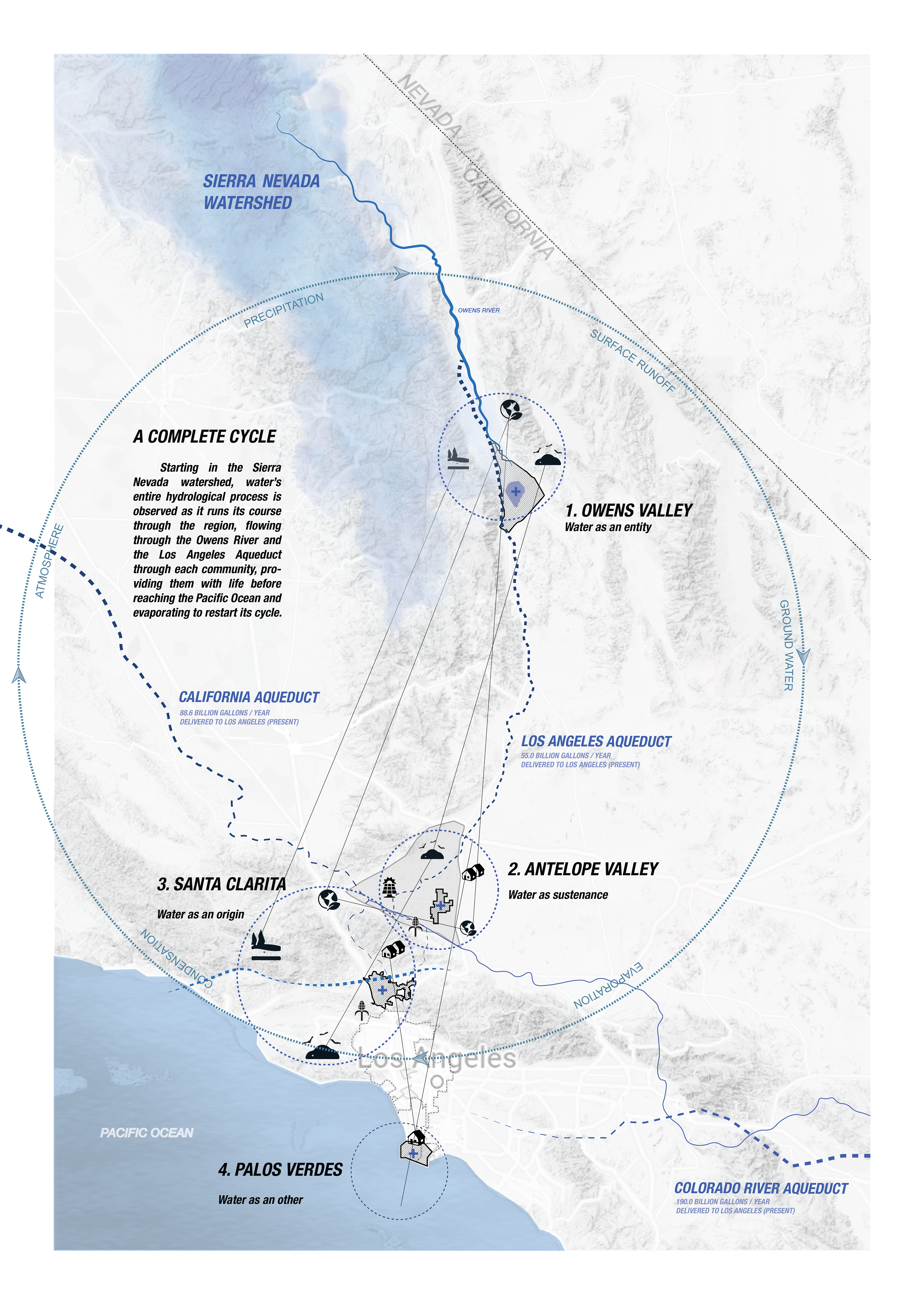
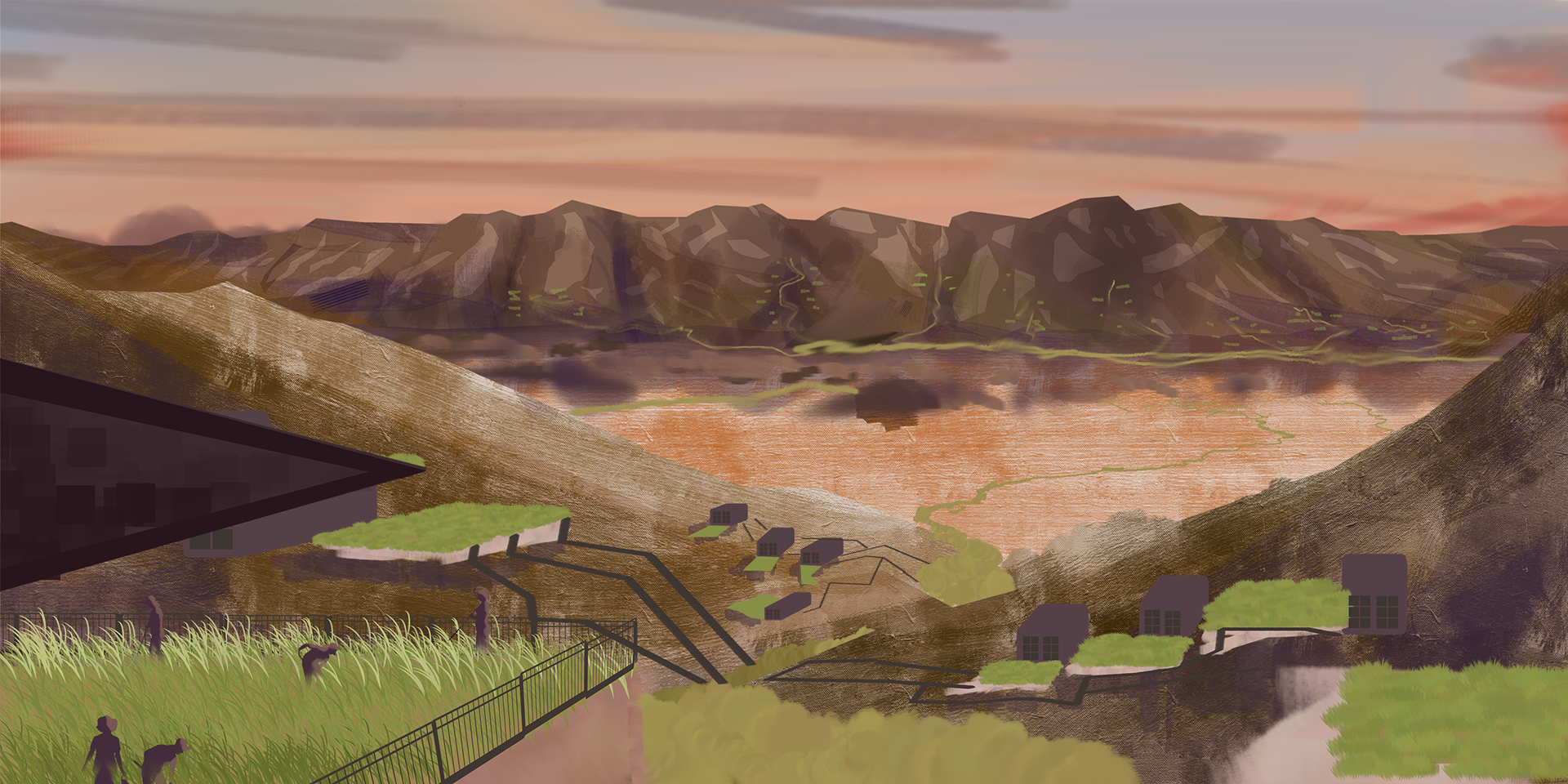
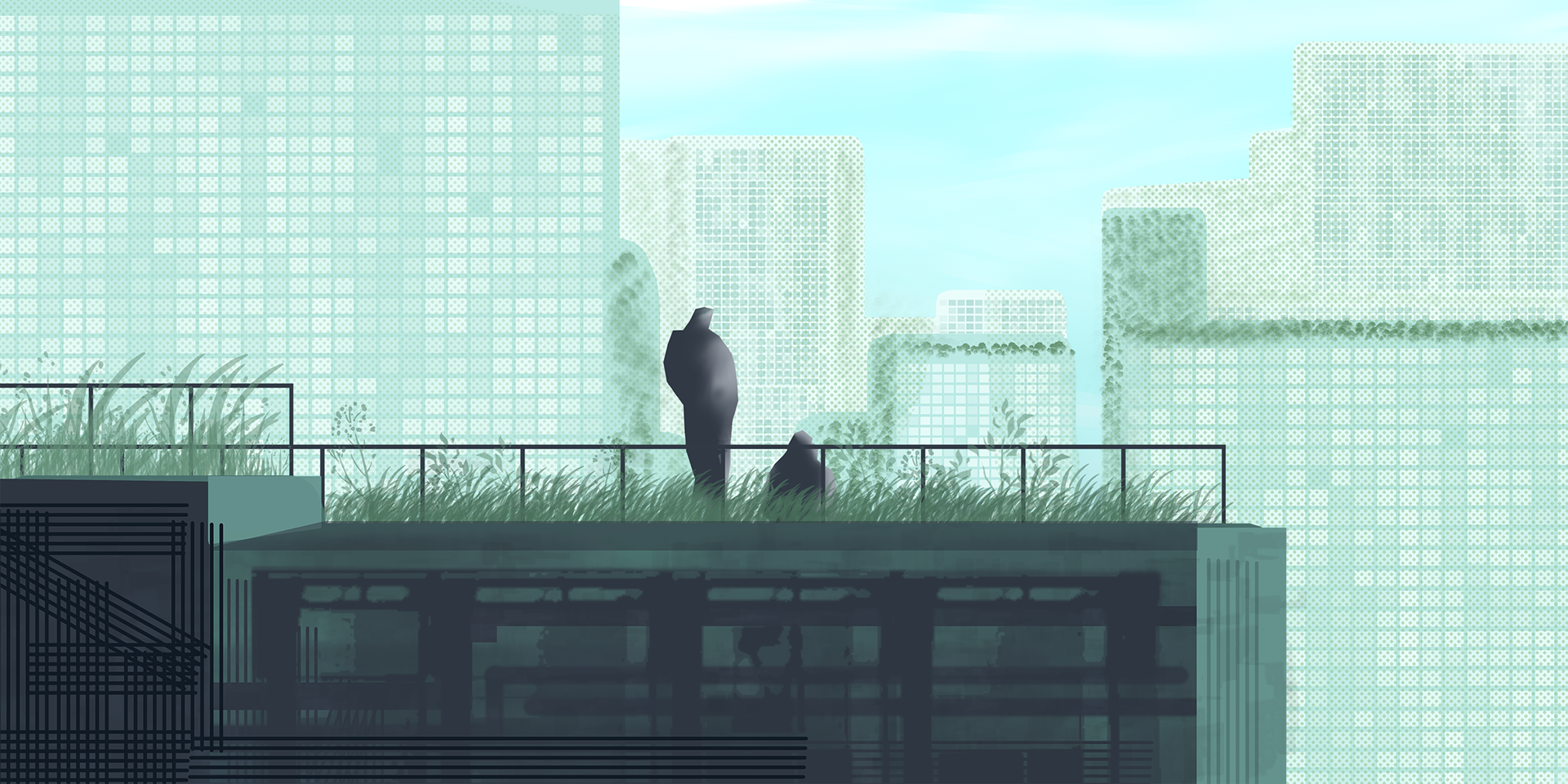
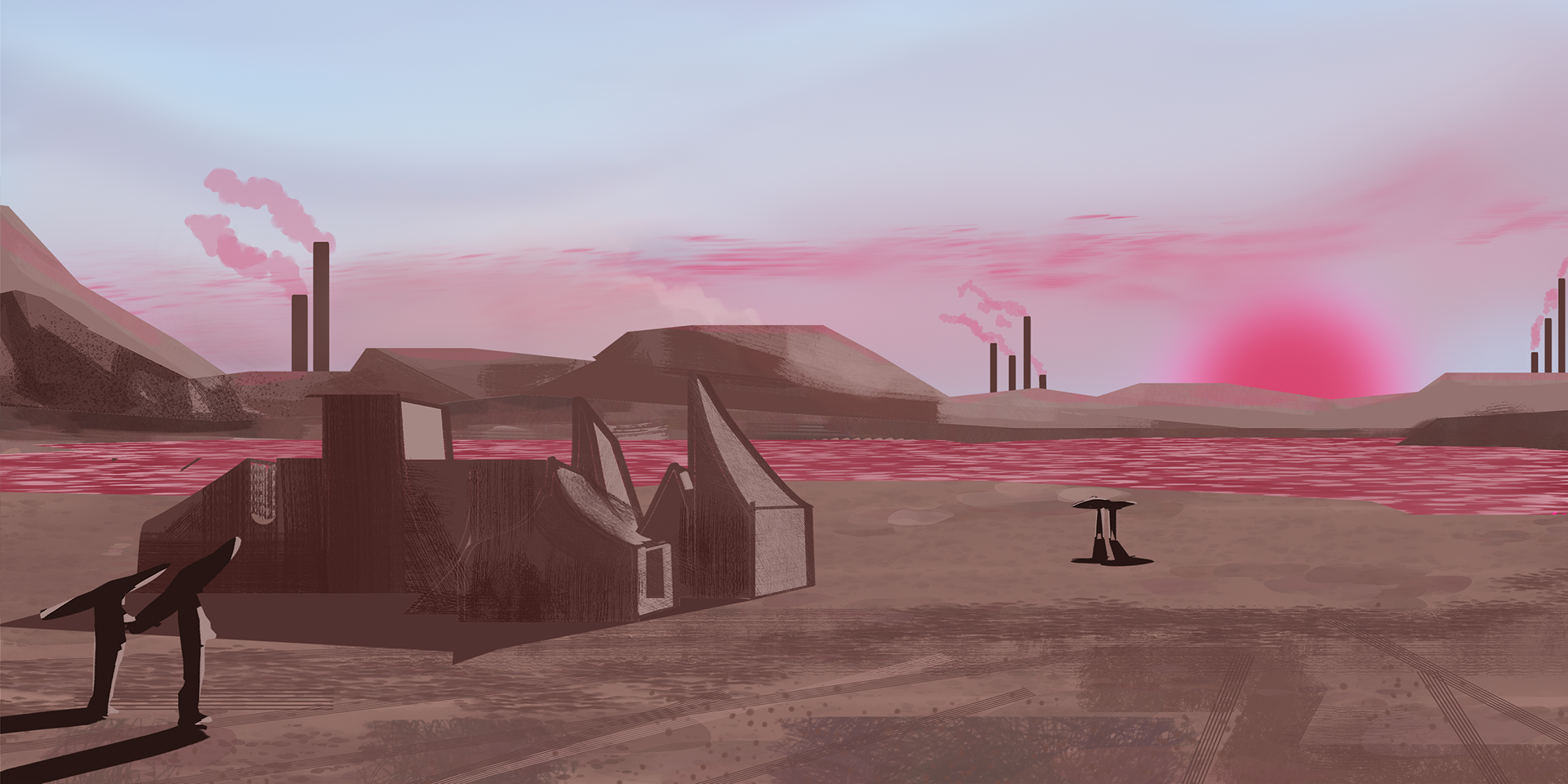
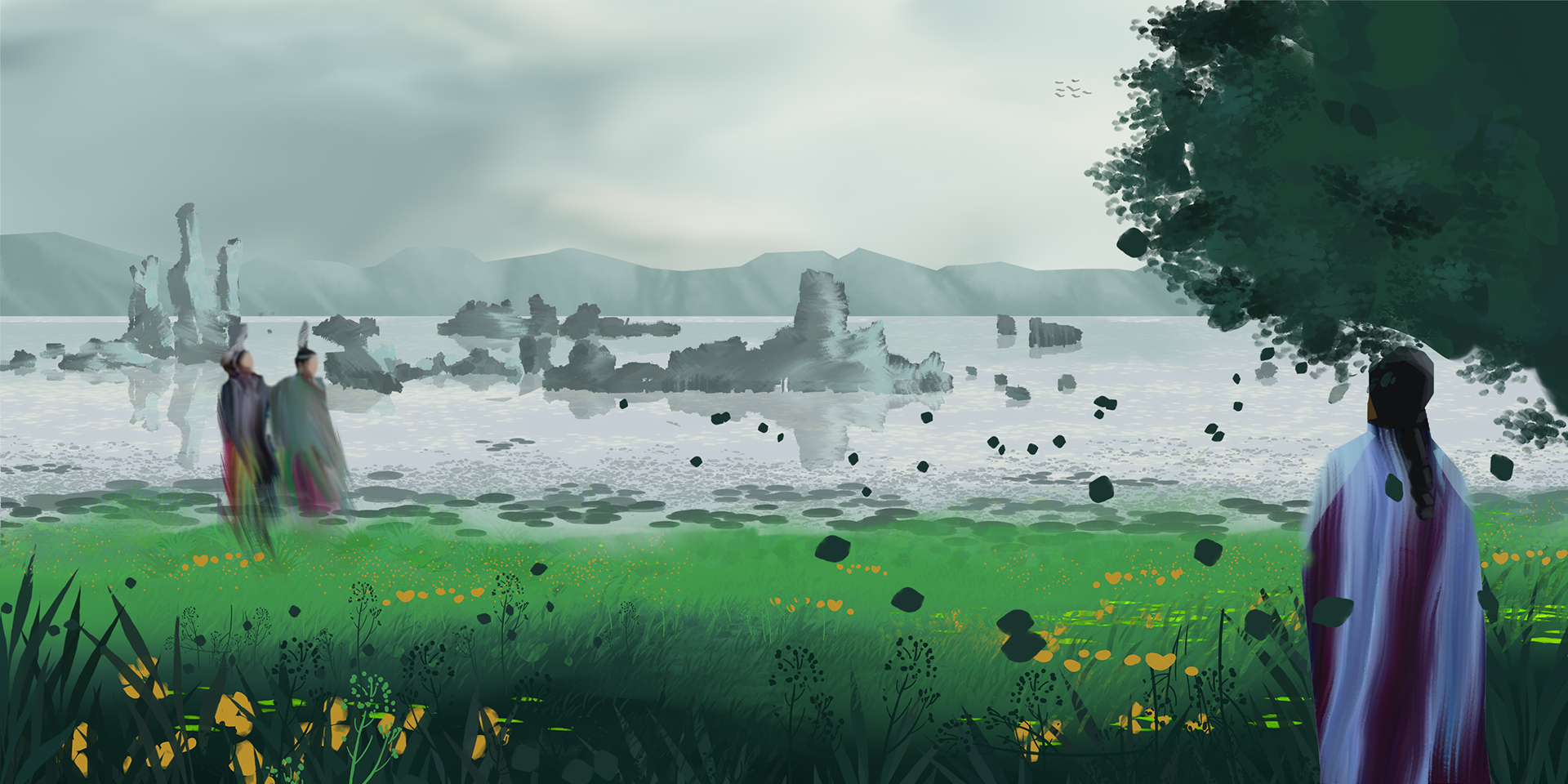
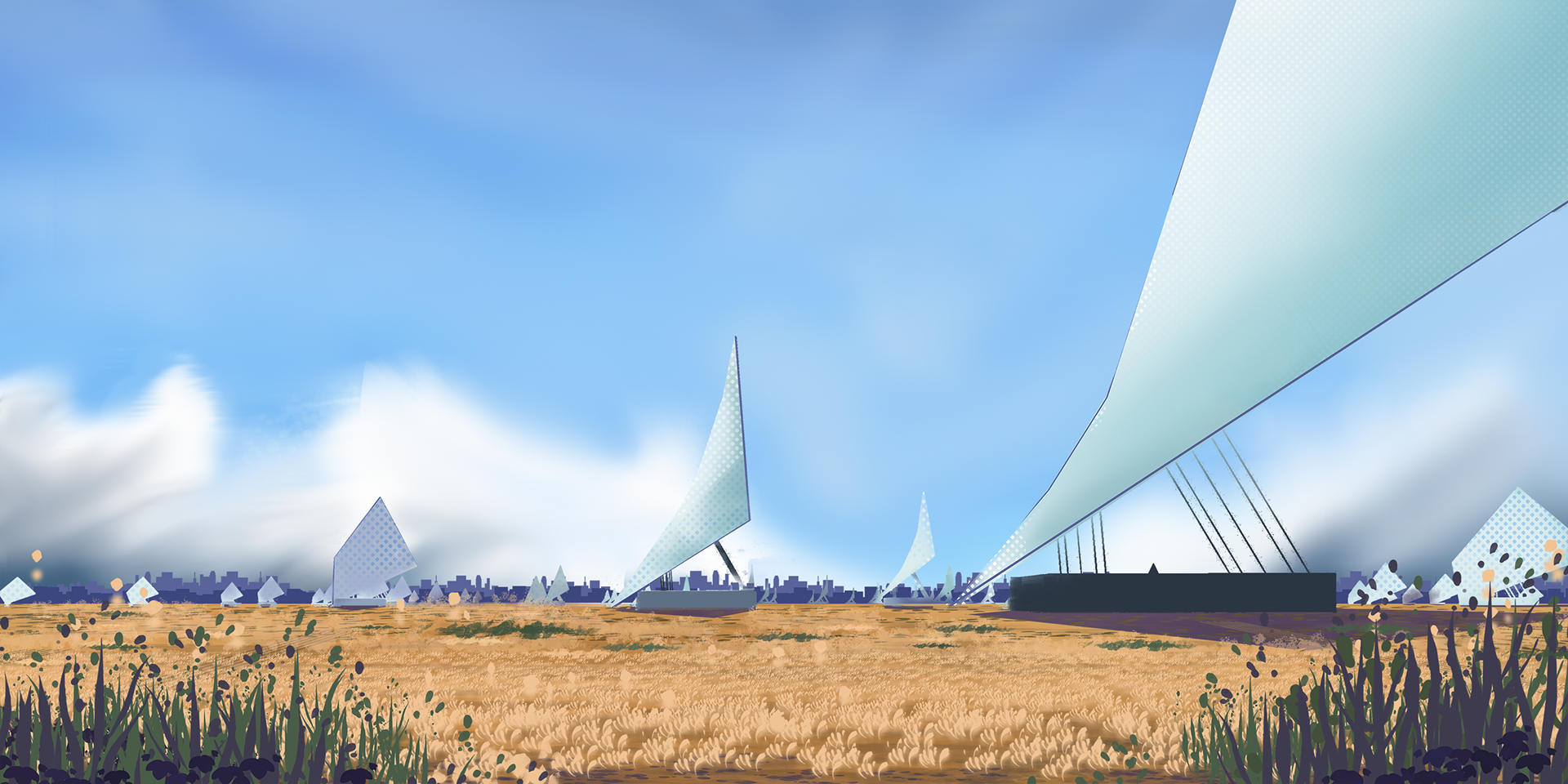
Owens Valley
At the starting point of this cycle is the Owens Memorial. Owens Lake, a water entity left permanently and irreversibly altered by exploitation by the Los Angeles Department of water and power has taken on a new identity over the last 2 decades as a result of litigation to reduce harmful dust pollution, and exists now as a colorful mosaic of techniques meant to prevent this dust, including shallow flooding, . In a new future, the water of Owens river is partially returned to the lake, setting the basis for new remediated zones of land meant to restore local ecologies, provide space dedicated to memorializing a wounded site and planet, and embed the spirits of prior ecologies into the site. Through pathways and experiential land art throughout the site, users can walk out into intensely saturated zones of brine, move through restored zones of water and vegetation, and see the history of the Lake and Owens valley as it has gone through exploitation, extraction, litigation, desertification and restoration by external forces.
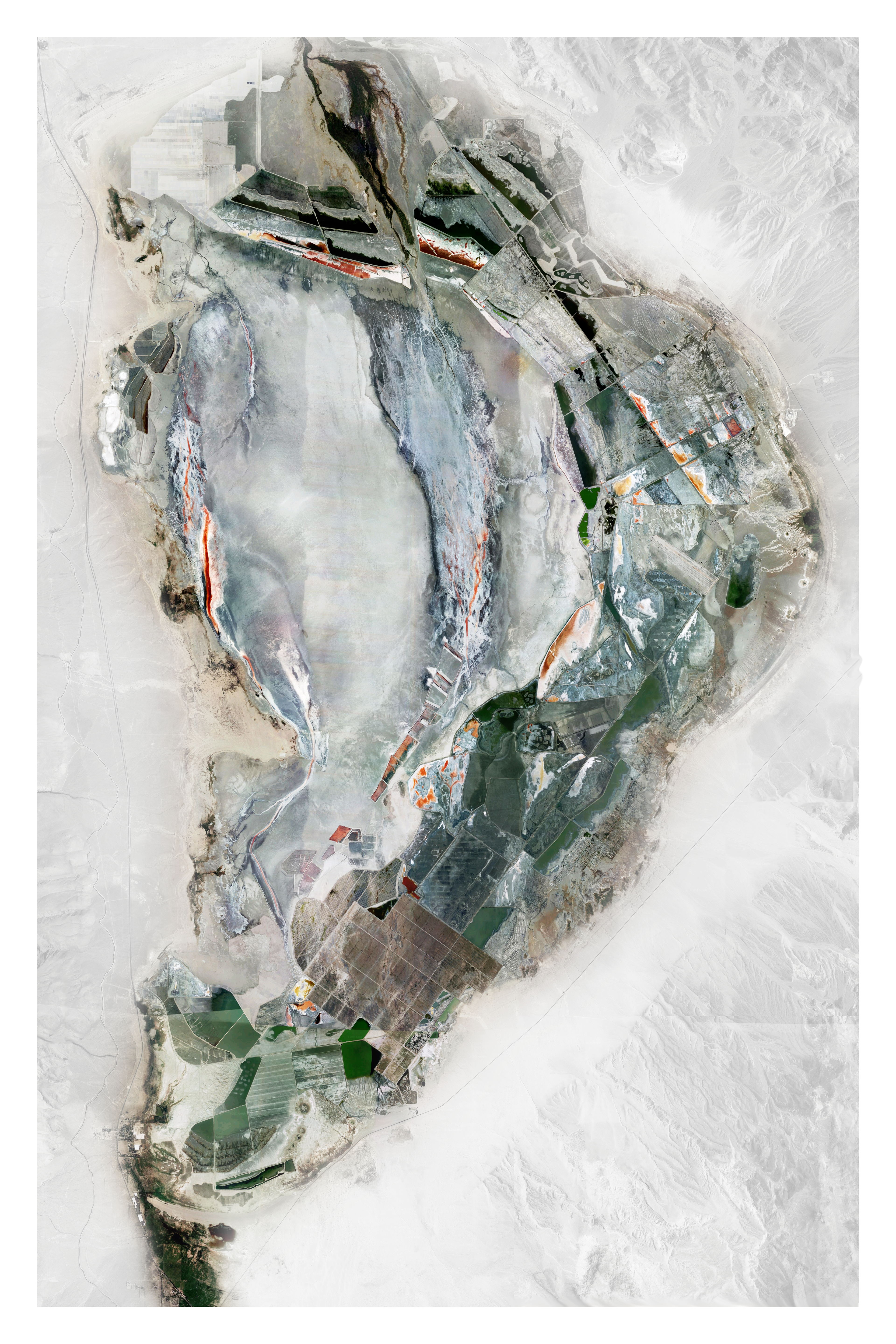
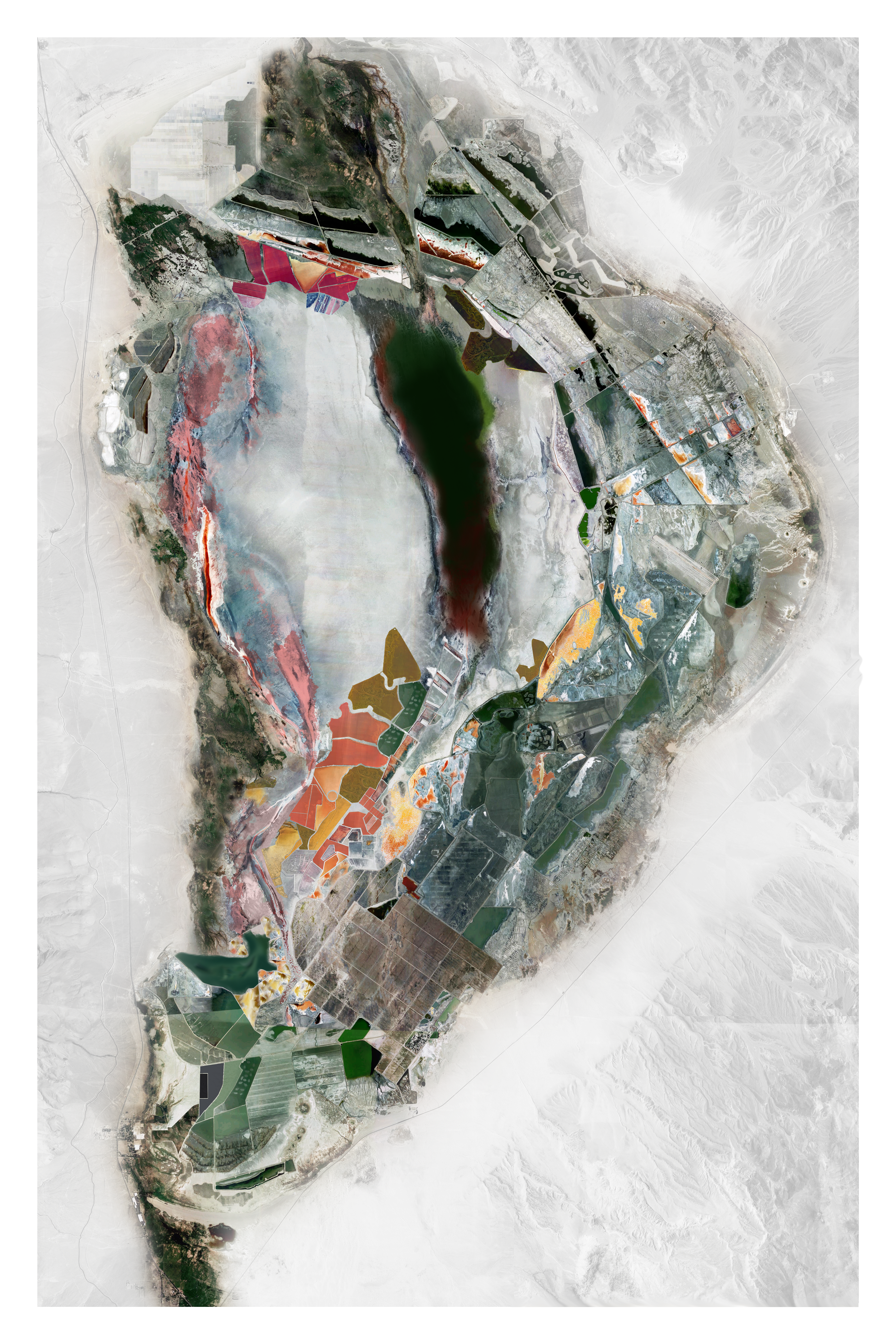


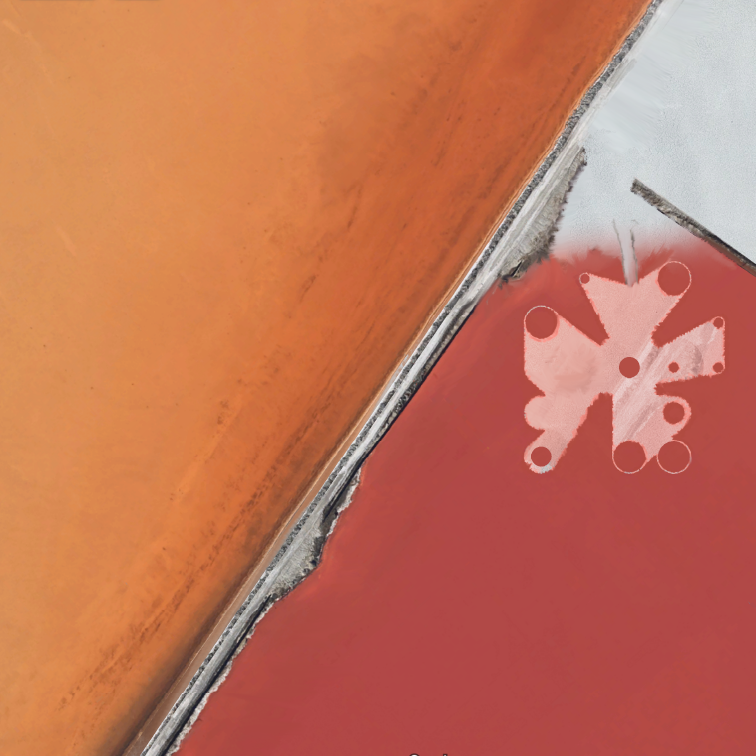
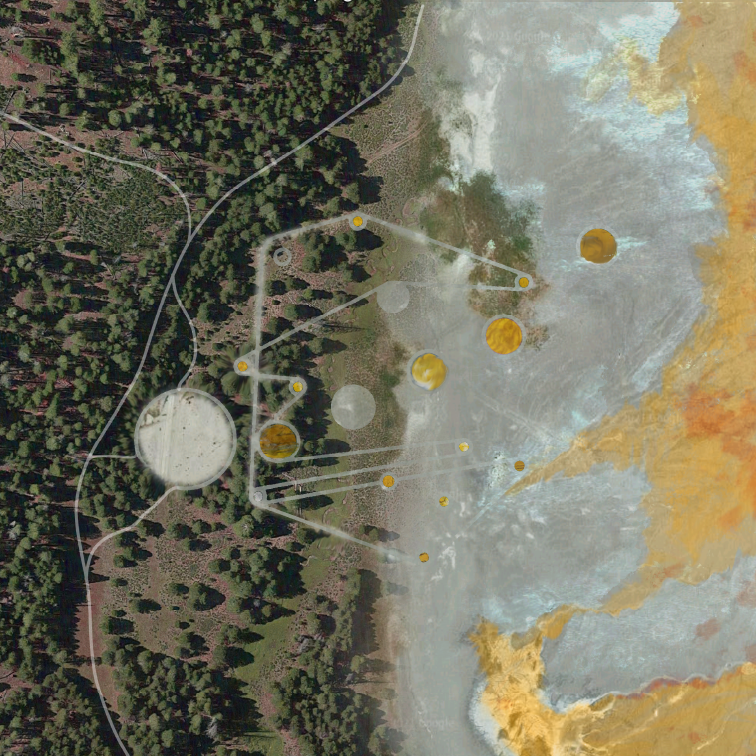
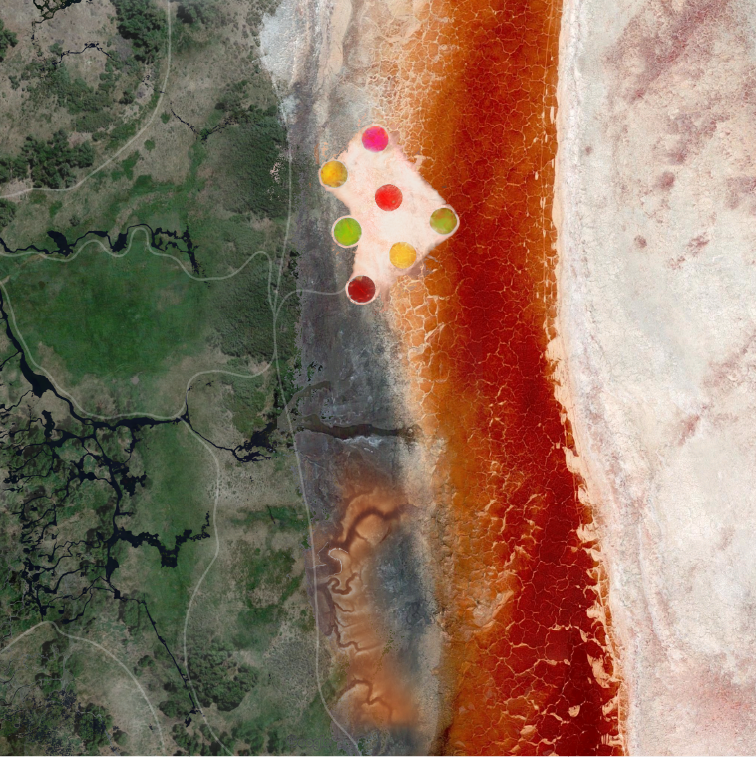
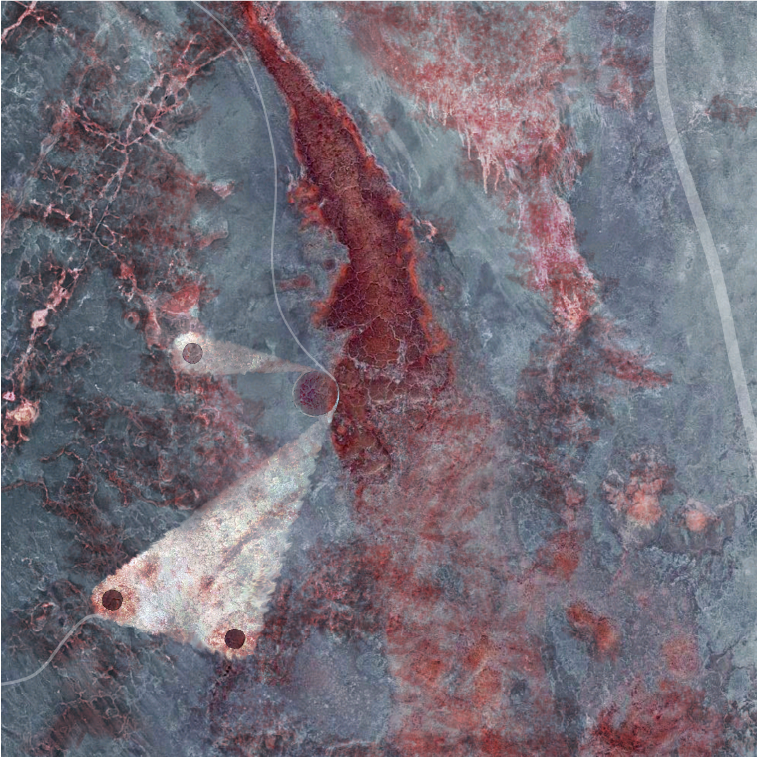
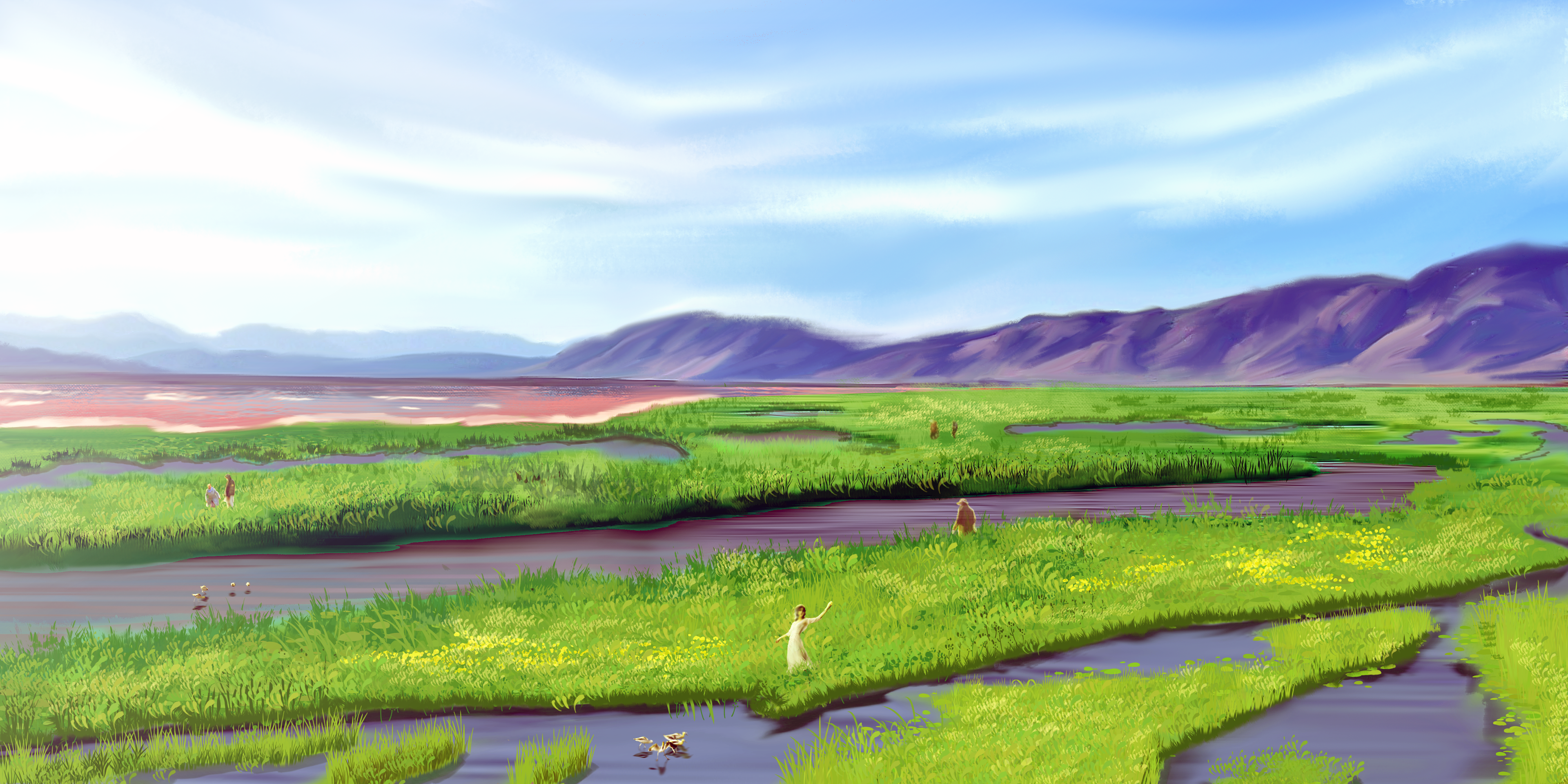
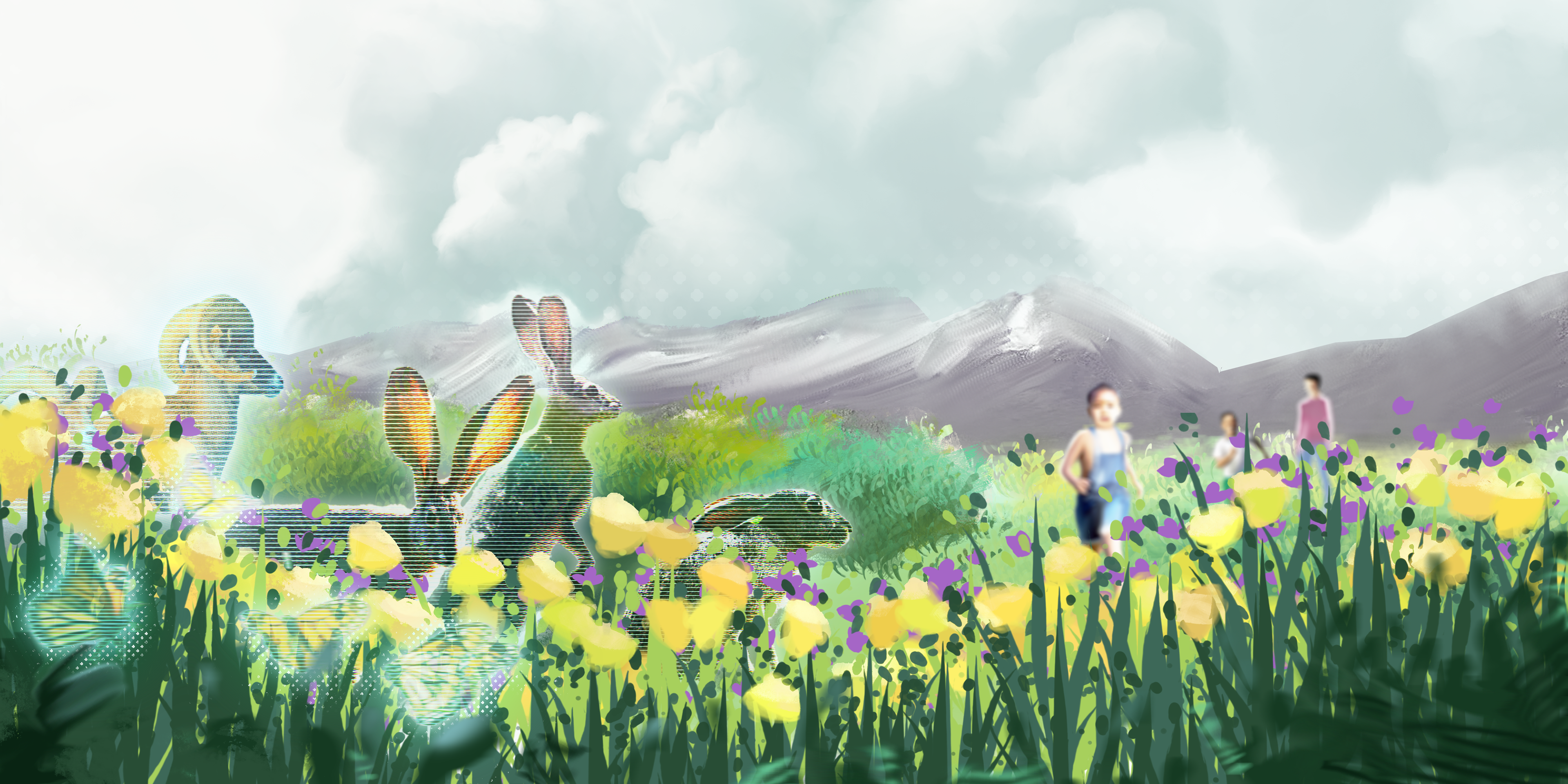
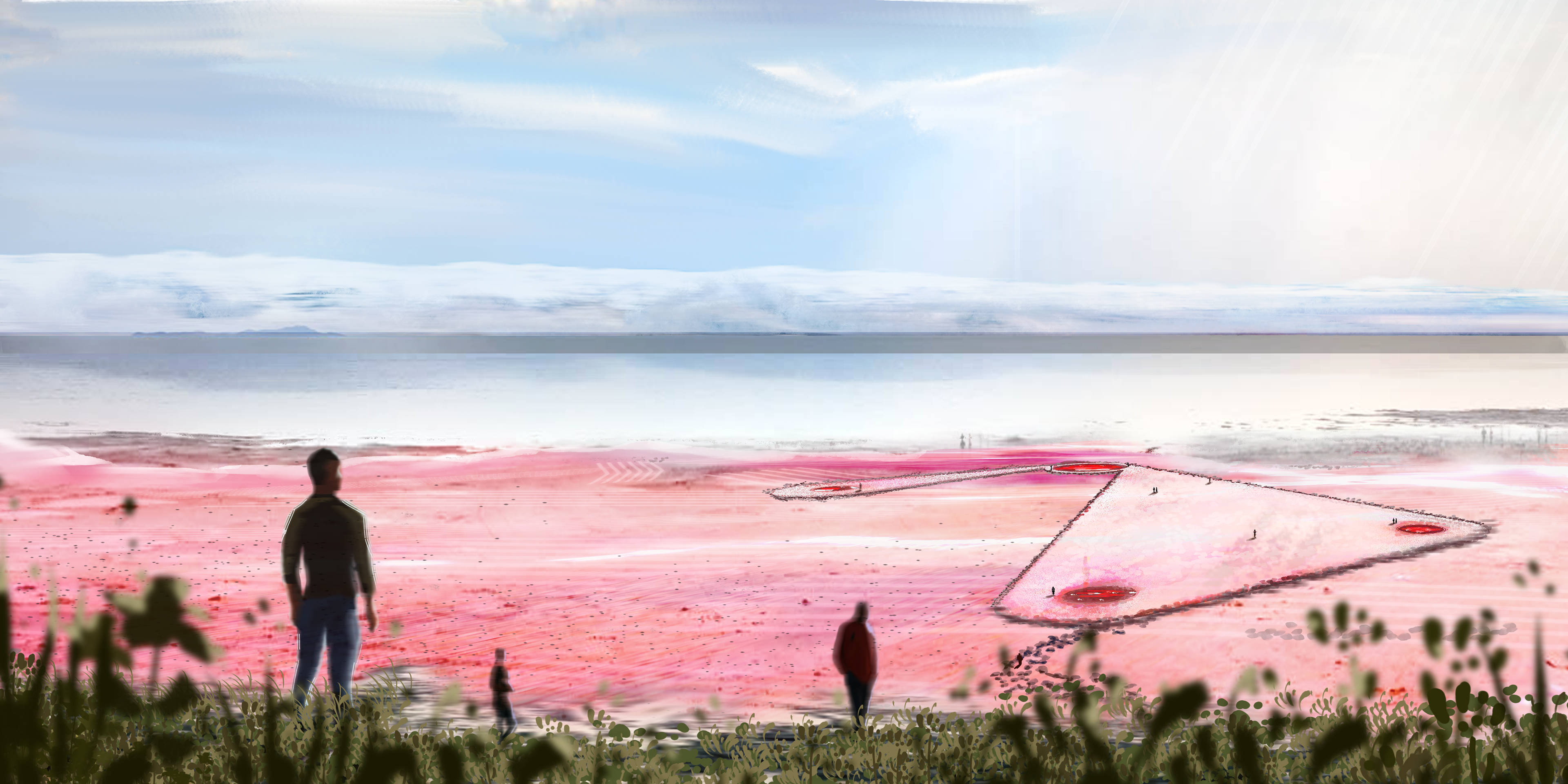
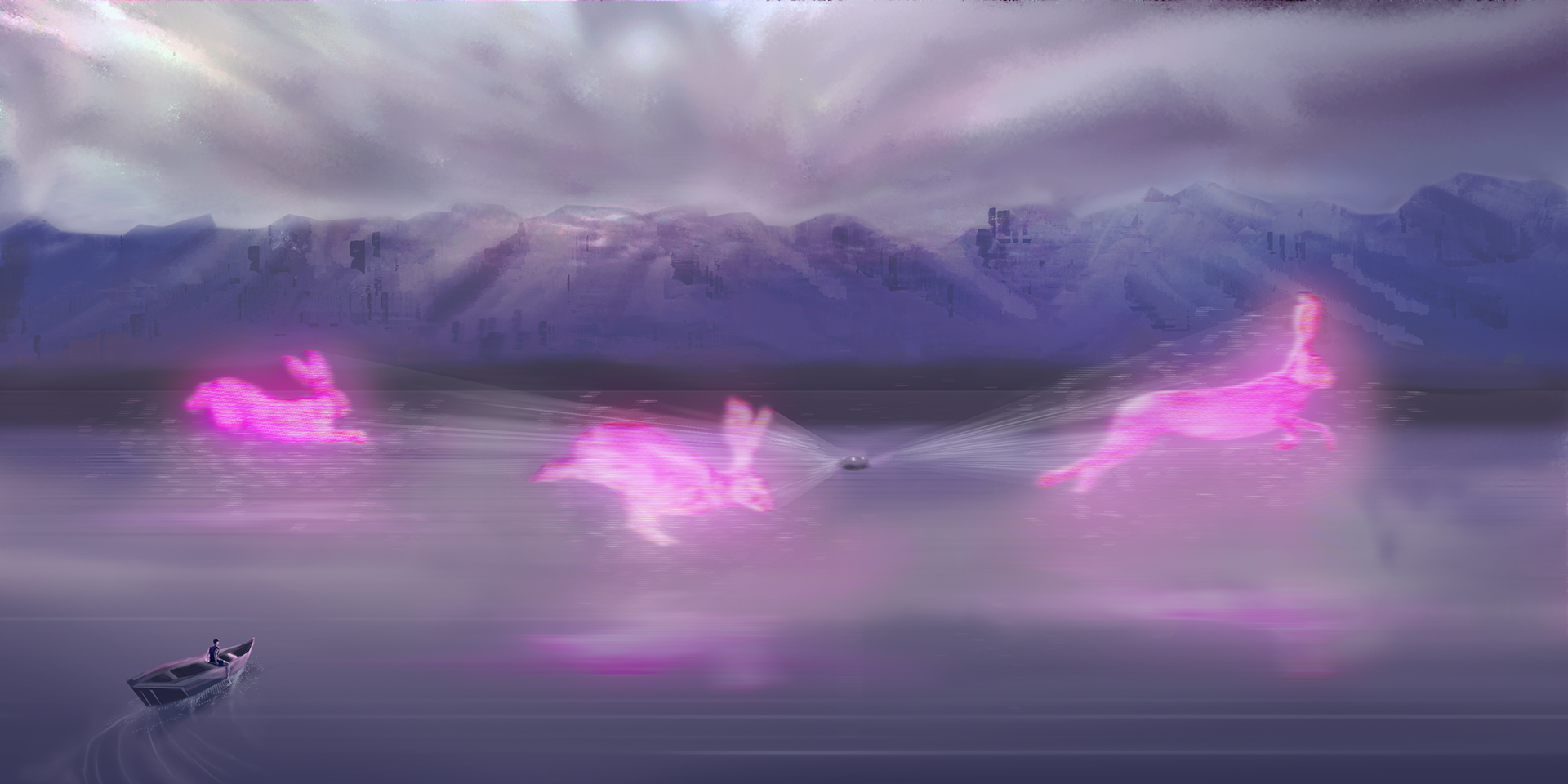
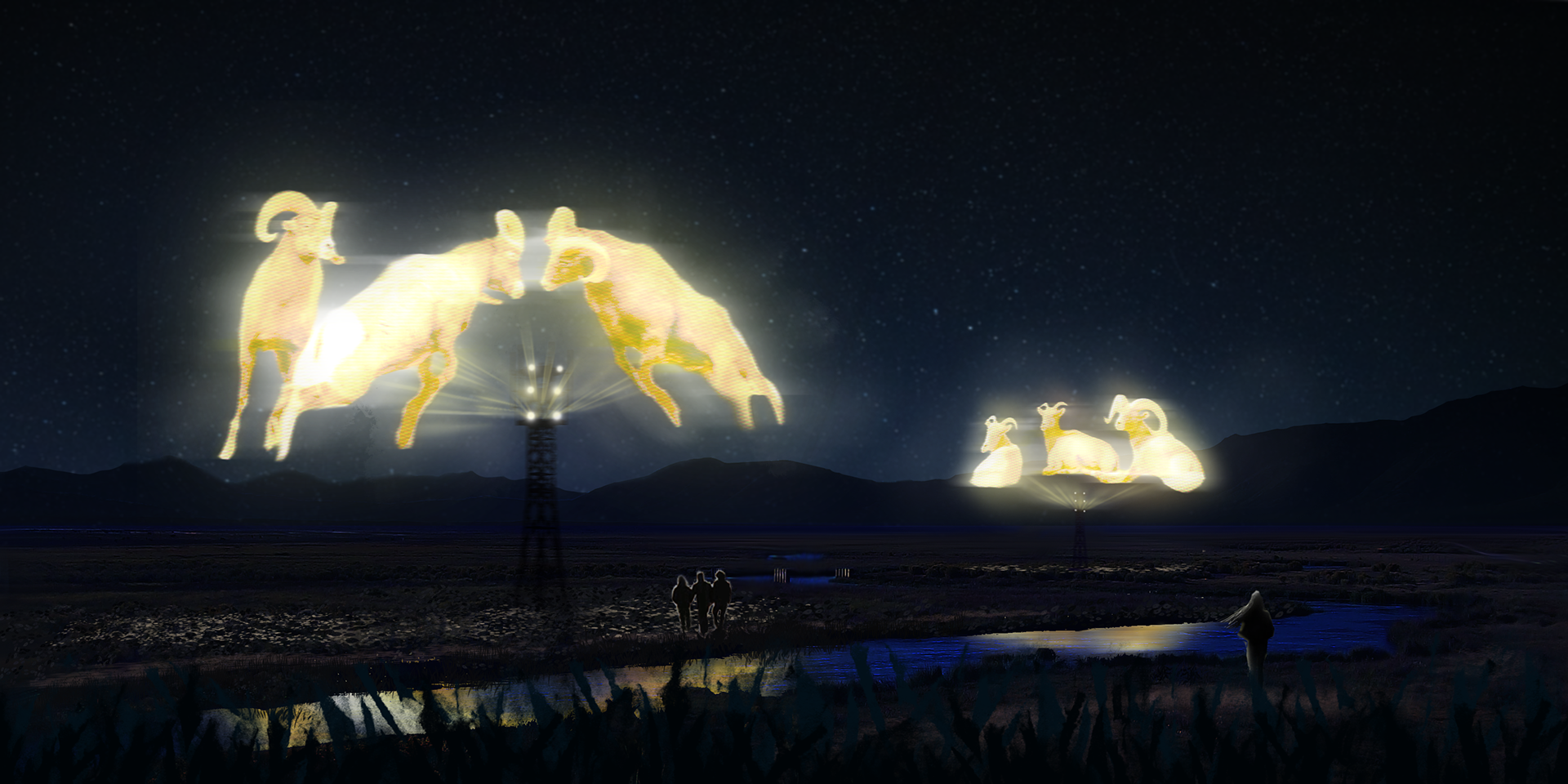
Antelope Valley
Continuing through the cycle, water reaches a new condition in Antelope Valley, where cheap access to water has allowed massive farming operations to take place in the Mojave Desert, as well as unrestricted human sprawl with dire consequences for the desert ecology. The marquee icon of this grotesque land and water usage is crop circles, which become the formal basis for a new desert living typology based around self-sustenance, community, and land remediation known as Diamond City, which exists alongside a massive expansion of renewable energy infrastructure and land-back processes throughout Antelope Valley that push against a network of capitalist infrastructure. In Diamond city are zones providing a new network of infrastructure for efficient water and energy usage and production, as well as full access to walkable communities with a public ground level, densified housing, interior farming, and institutional services. At the forefront of this new city typology is the capitol, where office and administration tower over an internalized and walkable water treatment centre meant to commemorate the sanctity and scarcity of water. The inverse of the city, the crop circles, now have become expansive accessible public spaces of land remediation, where ecological typologies found throughout Antelope Valley have been restored or created, including waste water ponds, natural desert vegetation, and massive fields of flowers that spring after 'super bloom' water events.
